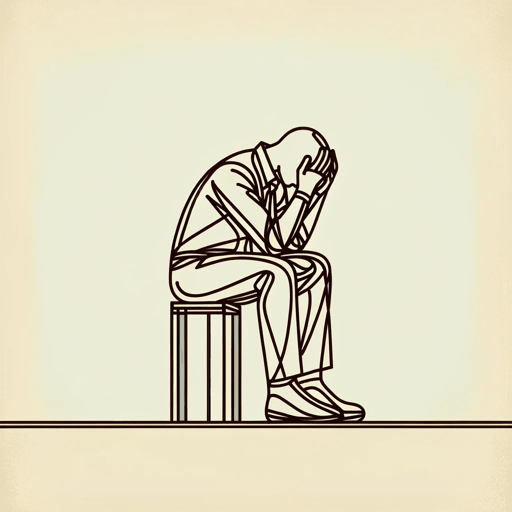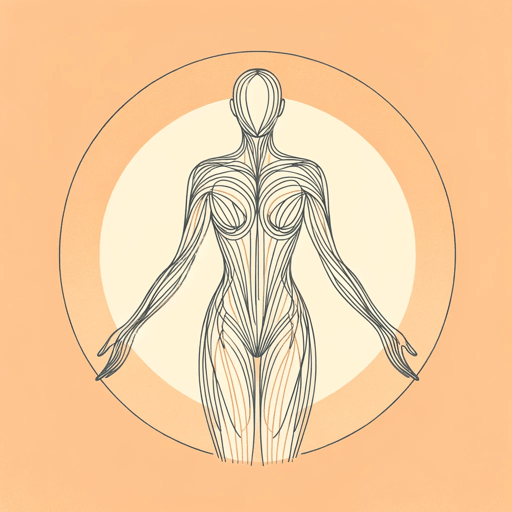23 pages • 46 minutes read
Walt WhitmanCrossing Brooklyn Ferry
Fiction | Poem | Adult | Published in 1856A modern alternative to SparkNotes and CliffsNotes, SuperSummary offers high-quality Study Guides with detailed chapter summaries and analysis of major themes, characters, and more.
Themes
The Energy of Consanguinity
Whitman takes the simplest and most available urban construct—a ferry boat taking hordes of unmotivated passengers from Manhattan back to Brooklyn, and offers a daring argument: He and his fellow passengers are in this together, bound together in a single resplendent energy field: “Just as you feel when you look on the river and sky, so I felt” (Line 22). The intimacy the speaker offers is not the superficial kind of love assumed between people. Rather, he offers a vision of a singleness of all organic matter, a commonness that is blood-deep, what he terms in his essays as consanguinity, a term Whitman, ever the autodidact, borrowed from the nascent science of evolution to denote how at our most basic level, we are the same, expressions of a grand organic one-ness.
Nearly a century before genetics would catch up to Whitman’s complex vision, Whitman perceived (and celebrated with gusto) the reality of humanity’s unity, how despite the obvious and distracting differences, human beings are manifestations of a single radiant energy. Even as we keep our distance, even as we provoke isolation and embrace ego, the world itself begs to differ. Whitman would hardly be surprised when cutting-edge genetics in the mid-20th century first suggested that all organic matter was made up of the elaborate variations of four nucleotides, that all living matter from the bacterial mold on a shower curtain to the president of the United States was made up of adenine, thymine, cytosine, and guanine.
Related Titles
By Walt Whitman

A Glimpse
Walt Whitman

America
Walt Whitman

A Noiseless Patient Spider
Walt Whitman

Are you the new person drawn toward me?
Walt Whitman

As I Walk These Broad Majestic Days
Walt Whitman

For You O Democracy
Walt Whitman

Hours Continuing Long
Walt Whitman

I Hear America Singing
Walt Whitman

I Sing the Body Electric
Walt Whitman

I Sit and Look Out
Walt Whitman

Leaves of Grass
Walt Whitman

O Captain! My Captain!
Walt Whitman

Song of Myself
Walt Whitman

Vigil Strange I Kept on the Field One Night
Walt Whitman

When I Heard the Learn'd Astronomer
Walt Whitman

When Lilacs Last in the Dooryard Bloom'd
Walt Whitman

